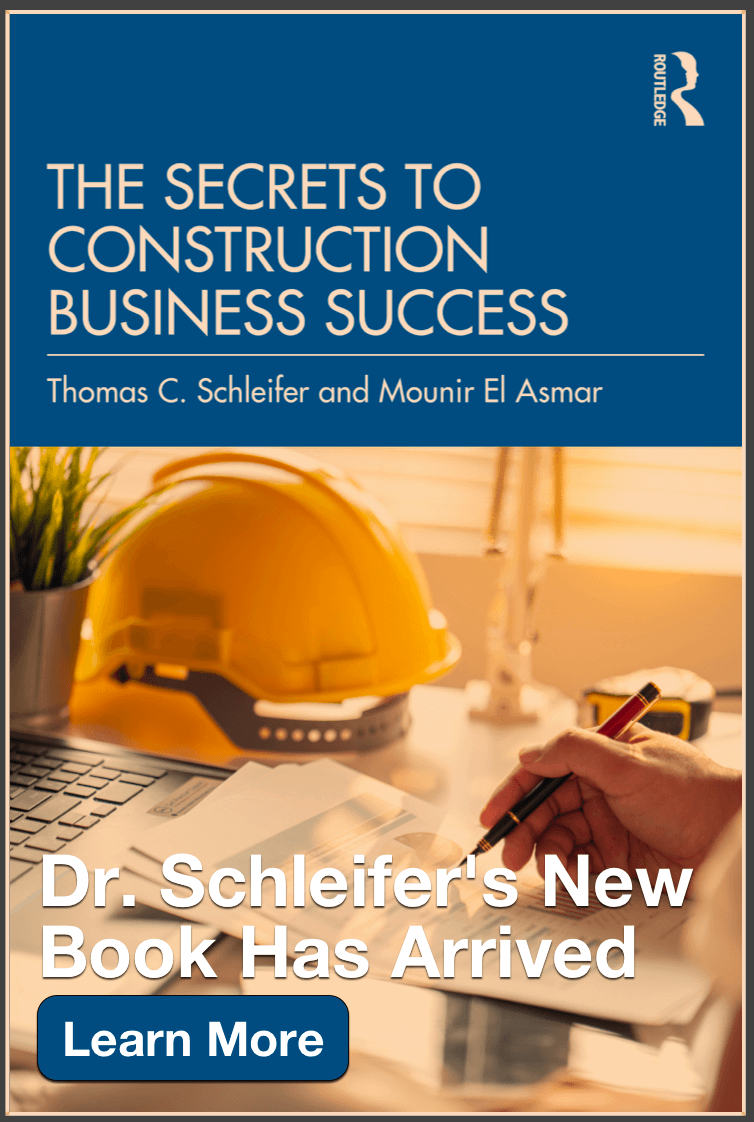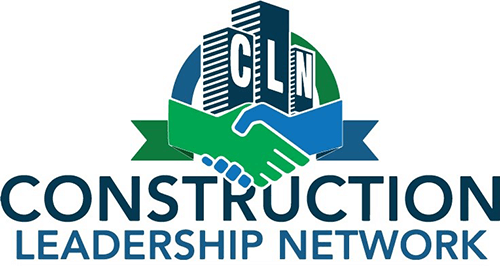Please circulate this widely. It will benefit your constituents. This research is continuous and includes new information weekly as it becomes available. Thank you, Tom
30th Crisis-era Message to Contractors from: Dr Tom Schleifer
Why Partial Recovery Is Not Enough?
Now that I opened the flood gates, I get it. Nobody wants bad news sent to their in-box. Washington says things are fine, the press passes along whatever they feel like, and there is always something that sounds positive. I am buried in questions asking: If the economy is going in the right direction and the stock market seems to agree and employment is improving why shouldn’t we [contractors] just wait it out? Some add “why should we believe you?” My answer to the second one is: If you don’t believe me you are not alone. Many do not, but they are no worse off than those who do believe but can’t bring themselves to downsizing their businesses because they worked so hard to grow them. If my research is correct, the consequences for both groups will be the same. And if I am wrong there will soon be plenty of work for everyone.
The construction market is unique in that during the entire recovery process profits are minimized by industry-wide aggressive pricing. Until full recovery is reached (when the construction market reaches the size it was when this started) the industry will suffer reduced profits from aggressive pricing competing to capture the lessor amount of work available. This occurs even in portions of the market less impacted by the downturn because firms from the worst hit segments of the market begin to compete in the less impacted portions, driving margins down. In addition, buyers of construction services recognize the pressure on pricing and expect (some demand) participation in the reduced pricing.
The US economy will recover eventually, and you already know my projections. So as an exercise let’s examine a very optimistic projection. If the US economy has a full recovery tomorrow, when will the construction market have a full recovery? I think we all agree that it will not be instantaneous, that the construction market is not in “lock-step” with the economy during these cycles. You can decide for yourself when the construction market will rebound. Research confirms that the construction market lags the economy by 12 to 18 months and, if the US economy recovers tomorrow, the construction market should fully recover between November 2021 and April 2022. The importance of a “full” recovery of the construction market cannot be overstated because until that happens the aggressive pricing continues, stalling the return to previous profitability.
In this best-case-scenario, a fully recovered construction market is still a long way out. If you don’t think the US economy will be fully recovered tomorrow you can adjust to your beliefs and you have a target date of your own. I am guessing someone will question the 12 to 18-month lag, (explained in earlier messages) however, it is just arithmetic. It is the average lag time of the prior seven major cycles in eight decades. If you don’t believe the lag time, use your own estimate. I am fairly certain you will find that the construction market’s full recovery is still too far out to ignore and do nothing.
What matters most in making these projections is not how accurate they are but how much risk they entail. The measurement of risk (as explained in earlier messages) is the likelihood of the occurrence (odds) and the magnitude of the penalty. If you plan for the recovery optimistically and recovery is later than planned for, it is difficult to deal with because it means reduced profits will continue at a time when you have already suffered months of reduced profits to arrive at the optimistic (wished for) projected recovery date—a high risk scenario. If the downturn is considerably longer than planned for, it can become threatening to the financial stability of the company which is obviously a huge risk. (A magnitude of risk that most businesspeople would not deliberately undertake.) If recovery happens sooner than a conservative projected date, it is easy to deal with and, therefore, modest risk.
The objective is to protect the organization during a downturn by conserving cash. The steps one would take planning for a short downturn are generally smaller than the steps that would have been taken in planning for a longer downturn. Planning for an optimistic recovery date exposes the organization to greater risk. The whole issue comes down to risk management. The responsibility of top management is to prioritize the lower risk choice over any choice influenced by emotion. In a market cycle downturn, there are no easy choices. Just huge risk, high risk or modest risk, which is why emotions (wish list) have no place in these business decisions. I am accused of being pessimistic, but I prefer realistic because the safest choice in these circumstances can be proven mathematically. We cannot adjust for the “pain level” or emotions involved in each choice because it will always lead to the easy-way-out, and would be misleading, unprofessional, and unethical.
The “full recovery” issue presents the exposure. During the worst of the downturns there is still a lot of work and no one will debate that margins on that work suffer during the decline. When the US economy begins to recover, the amount of work available continues to decline (lags) for a considerable length of time until funding begins to become available for an increased amount of work. That normally starts slowly before gaining traction and causing new projects to begin to be designed and those already designed to be brought back to life. This eventually stops the market decline and begins to build it back, but not overnight. Building to full recovery takes time which can be approximated as roughly proportional to the depth and length of the downturn. These are difficult to measure as the data, the dollar amount of construction put in place, takes months to become known. Additionally, any number of economic events can slow or accelerate the recovery. With this level of uncertainty and the magnified risk, optimistic planning makes little sense. Caution is the only prudent approach, which means cutting back early.
One of the reasons so few construction organizations take steps towards downsizing in the first six months of a declining market is because the work on hand was priced during the growth cycle. The work is profitable and, for the most part, business-as-usual. While the first six months of a downturn is the ideal time to downsize and begin conserving cash, there is little motivation to do so. Often optimism prevails, where “wait and see” seems like the best choice. What I often hear is: “We’re still making money so what’s all the fuss about.” – “If we grab one or two more jobs maybe the market will come back.” – “We can ride it out.” – “Why is everybody making such a big deal about a little slowdown?” It’s almost like some believe the problem is solved because there was no problem.
NEWS FLASH: (First Time) From a recent article in a national publication—”…industry firms are now beginning to believe that the resulting [COVID-19 construction] market slowdown will not begin to recover for another year.” More on this next message.


